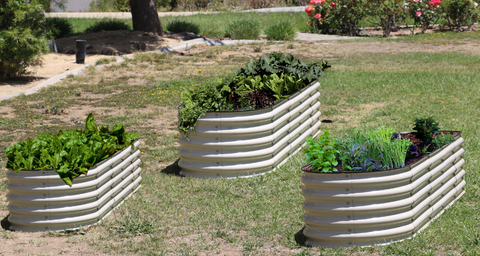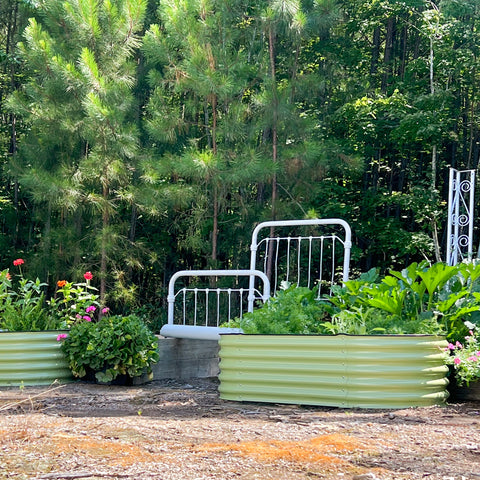Pea Planting Techniques: The Secret to Creating a Harvest Garden Bed
Planting vegetables in a family garden is a pleasant and beneficial activity. Peas are one of the favorite vegetables for many horticultural enthusiasts. They are not only delicious and delicious, but also rich in nutrients. This article will introduce some pea planting techniques to help you cultivate strong pea plants in a garden bed and achieve the joy of a bountiful harvest.
Section 1: Selecting Suitable Varieties
It is very important to choose pea varieties that are suitable for the local climate and growth conditions. Common varieties include early maturing peas and late maturing peas. Early maturing peas are suitable for spring sowing and mature in a short period of time, while late maturing peas require a longer growth period. Choosing the right variety based on your planting season and needs is the first step in successful planting.
Section 2: Appropriate sowing time
Peas are a cold season crop that prefers cooler climates. It is best to sow when the soil temperature is maintained at 5-10 degrees Celsius. Usually, spring and autumn are the best times to plant peas. Ensure to avoid extreme cold or hot weather to avoid adverse effects on the growth of peas.
Section 3: Soil Preparation and Fertilization
Pea growth requires soil rich in organic matter and nutrients, with a pH value between 6.0 and 7.5. Before sowing, ensure that the soil is loose and well ventilated, and add an appropriate amount of decomposed compost or organic fertilizer. In addition, peas have a high demand for phosphorus and potassium, and phosphorus and potassium fertilizers can be applied before sowing to promote plant growth and fruit development.
Section 4: Correct Sowing Methods
Before sowing peas, soak the seeds in warm water for faster germination. Dig a small ditch with a diameter of approximately 3-5 centimeters in the garden bed, evenly place the seeds in the ditch, and then gently cover the soil. Keeping the soil moist helps with seed germination and growth. According to the variety and climatic conditions, the seeds usually germinate about 7-10 days after sowing.
Section 5: Good Support Structure
Peas are climbing plants that require good support structures to support their growth. Install supports such as bamboo poles, fence mesh, or wire mesh in the garden bed for peas to climb. When the peas start climbing, carefully tie the tender buds around the support to ensure they grow in the correct direction. This not only avoids plant lodging, but also provides better ventilation and sunlight exposure.
Section 6: Timely watering and weeding
Peas need to maintain a moderately humid environment, especially during their growth period. Regularly water to keep the soil moist, but avoid excessive watering to avoid root diseases. At the same time, timely weed control and keep the garden bed clean to reduce competition with weeds for nutrients and water.
Section 7: Disease and Pest Management
Peas may be affected by some common pests and diseases, such as pea anthracnose, pea aphid, and pea leaf aphid. Regularly inspect plants and promptly identify and address any pests and diseases. Use organic prevention and control methods, such as manually capturing insects, spraying organic pesticides, or using beneficial insects for control.
Conclusion:
Peas are an easy to grow and quick to harvest vegetable, and it is not difficult to cultivate strong pea plants in a garden bed. By selecting suitable varieties, sowing at appropriate times, and preparing suitable soil.


